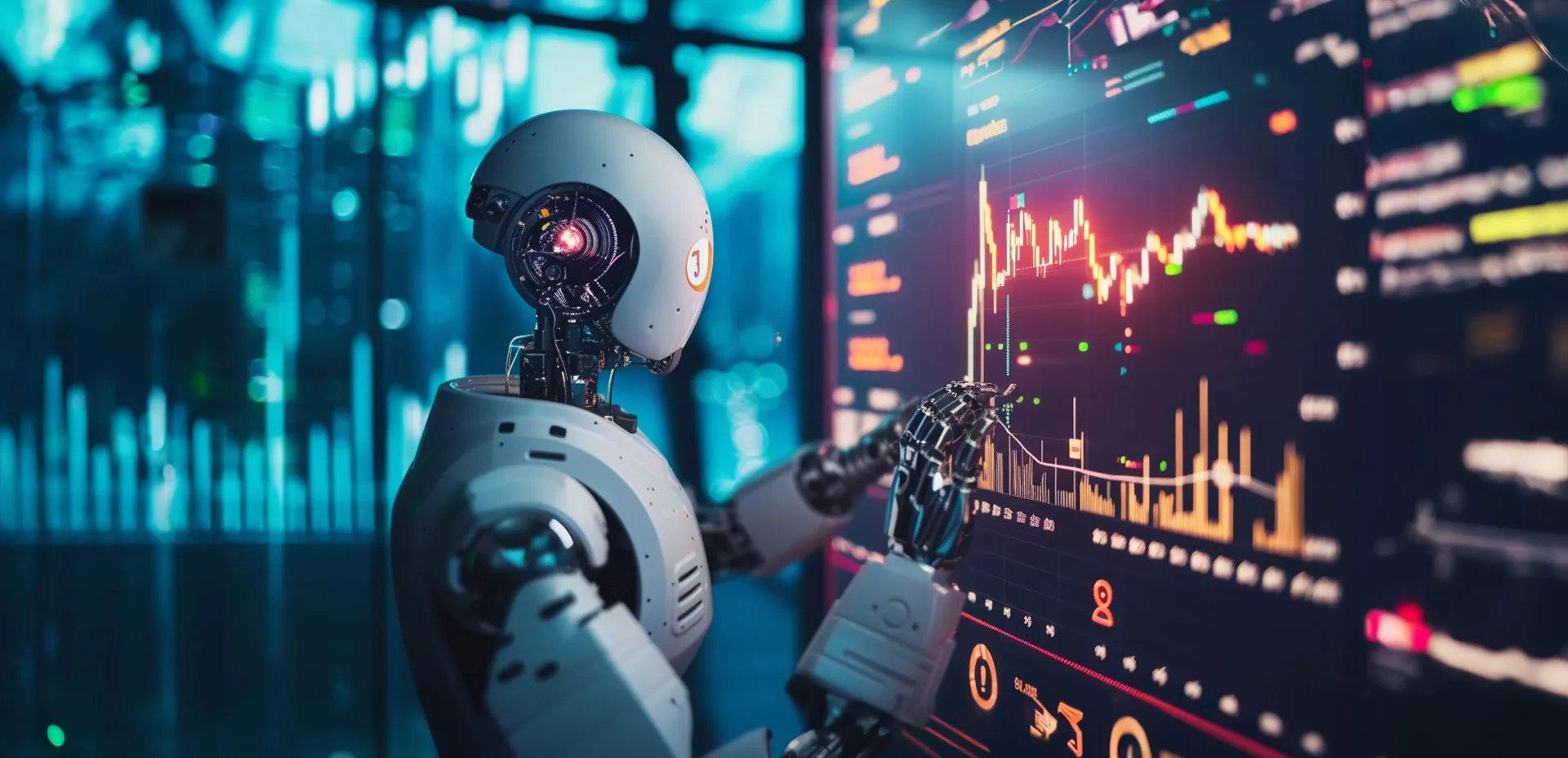AI in Finance: Wall Street’s Shift to Algorithmic Trading Dominance
Artificial intelligence is no longer a futuristic concept for Wall Street it is the present tense of market strategy. From trading floors in Lower Manhattan to cloud servers running in data centers across New Jersey, AI is quietly redefining how capital moves, risks are priced, and profits are generated. The algorithms that once supported human decision-making have now taken center stage, executing trades, optimizing portfolios, and predicting market behavior with unprecedented speed and precision. As financial institutions adapt to this shift, the race is no longer just about who has the most capital, but who has the smartest code.
The Rise of Machine-Driven Markets
Algorithmic trading has existed for decades, but the integration of artificial intelligence has fundamentally changed its scale and sophistication. Early trading systems relied on static rules and pre-programmed strategies. Today’s AI-driven models learn autonomously, analyze global data flows in real time, and continuously adjust trading behavior based on evolving market conditions.
In the post-pandemic financial era, where volatility has become the new normal, these systems thrive. Machine learning algorithms can digest terabytes of market data, news sentiment, and macroeconomic indicators within milliseconds capabilities that give institutional traders an edge impossible for humans to replicate. As a result, AI now accounts for more than two-thirds of equity trading volume on U.S. exchanges, a share expected to grow further as financial firms automate risk and execution functions.
Major banks, hedge funds, and asset managers are investing heavily in proprietary AI infrastructure. Quantitative research teams are now as critical as trading desks once were, developing predictive models that simulate entire market ecosystems. Neural networks trained on decades of price data and behavioral patterns can now forecast intraday momentum or liquidity shocks with uncanny accuracy. For Wall Street, intelligence has become the new currency.
The New Architecture of Trading
The AI revolution is not limited to algorithms; it extends to the architecture of the financial system itself. Traditional trading floors once filled with brokers, phones, and shouting are giving way to quiet rooms lined with servers and data visualization walls. The human role has evolved from execution to oversight, as traders now supervise autonomous systems that operate faster than any manual input could manage.
Firms are building hybrid environments where human intuition and machine precision coexist. Portfolio managers still set macro strategies, but AI optimizes trade timing, risk exposure, and pricing models. Natural language processing tools parse central bank speeches, corporate filings, and geopolitical news to identify trading signals. Reinforcement learning algorithms test thousands of market scenarios overnight, learning from simulated success and failure.
This convergence has made markets more efficient but also more complex. Flash movements triggered by algorithmic cascades, amplified by machine-to-machine reactions, have exposed the fragility of automated liquidity. Regulators are closely watching this evolution, balancing innovation with oversight to prevent systemic instability. The conversation in Washington and at the SEC is no longer whether AI should play a role, but how that role should be governed.
Wall Street’s Cultural and Competitive Shift
The rise of AI has also transformed the culture of finance. Data scientists, engineers, and algorithm designers now hold positions once reserved for traditional traders. Hiring patterns reflect this change: top talent is being drawn from computer science programs rather than business schools, and coding languages like Python, TensorFlow, and PyTorch have become the lingua franca of modern finance.
Competition has intensified between firms that can develop and scale their own AI models and those that rely on third-party platforms. Hedge funds with in-house research capabilities are using deep learning to identify arbitrage across asset classes, while retail platforms deploy simplified AI tools to personalize investment strategies for individual users. The democratization of algorithmic tools has broadened access to automation but also widened the technological gap between financial leaders and laggards.
Ethical considerations are becoming part of the conversation as well. Questions around transparency, data bias, and accountability in AI-driven trading are now central to risk management frameworks. Wall Street firms are creating AI governance committees and auditing algorithms to ensure compliance, fairness, and resilience against manipulation. In a market increasingly run by machines, trust remains a human construct.
Conclusion
AI’s rise on Wall Street marks one of the most profound transformations in the history of modern finance. The algorithms driving markets today represent both the pinnacle of human ingenuity and a challenge to traditional notions of control. The institutions that succeed will be those that blend machine intelligence with human judgment leveraging technology not just for speed, but for strategic insight.As the financial capital of the world, New York stands at the center of this revolution. The skyscrapers of Wall Street now house not just traders, but the servers and coders orchestrating a new era of capital flow. In the years ahead, the question will not be whether AI dominates finance it already does but how the industry ensures that intelligence remains aligned with stability, transparency, and the human values that built the system in the first place.




